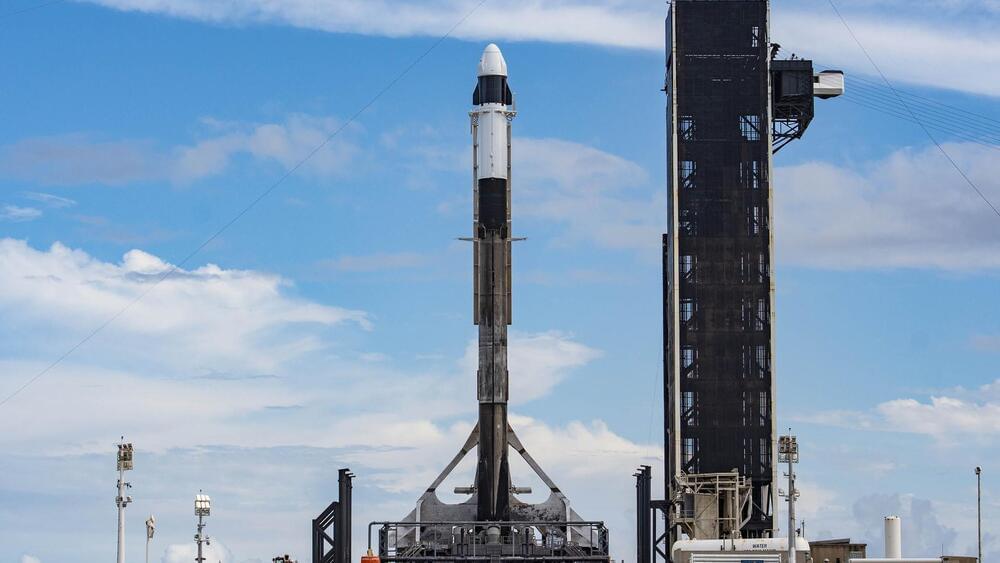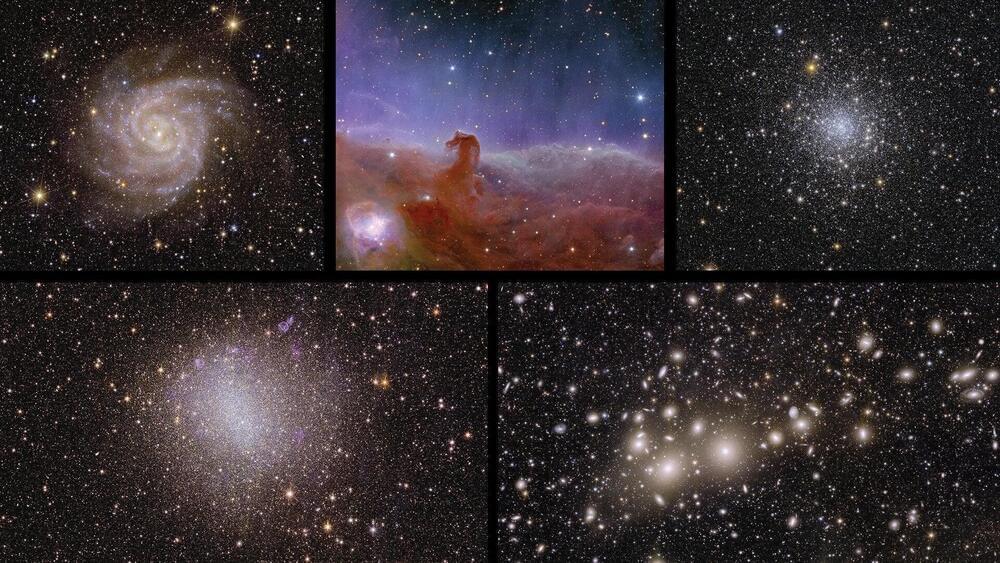NASA astronaut Frank Borman, commander of the first Apollo mission to the moon, has died at age 95.
Category: space travel – Page 98
A24’s Making an Elon Musk Biopic Directed by Darren Aronofsky
Elon Musk is getting the Hollywood treatment. Variety reports that indie movie studio A24 has won the rights to adapt Walter Isaacson’s recent biography about the business magnate, with “Black Swan” and “Requiem for a Dream” director Darren Aronofsky slated to direct. There’s no official word on who’s playing Musk yet, though there’s plenty of wild suggestions online.
According to the report, studios were embroiled in “heated competition” for Isaacson’s latest book, which was released this September. The author’s last biography on a tech titan, Steve Jobs, was also adapted into a movie of the same name in 2015. Of course, the main attraction here is Musk, whose penchant for controversy is matched only by his enormous popularity.
Even so, with his calamitous takeover of X-formerly-Twitter, his questionable antics on the platform, and the epic fallout of his Starship rocket launch, Musk has somehow managed to shove himself further into the limelight this year, after a decade of building an already far-reaching image off the success of his companies SpaceX and Tesla. For better or worse, everyone now has an opinion on the guy.

Quantum Leap (with Sean Carroll)
Sean Carroll is a theoretical physicist who serves as a Homewood Professor of Natural Philosophy at Johns Hopkins University. Carroll strives to convey complicated physics concepts in accessible terms on his Mindscape podcast and in his popular books, including last year’s The Biggest Ideas in the Universe: Space, Time, and Motion. He joins Preet to talk about the relationship between science and philosophy, how to comprehend quantum mechanics, and whether there are billions of similar universes operating alongside our own.
Plus, Special Counsel David Weiss’s testimony in front of the House Judiciary Committee about the Hunter Biden prosecution and Trump’s reported plan to use the Department of Justice for revenge if he retakes the presidency.
Don’t miss the Insider bonus, where Preet and Carroll talk more about depictions of time travel in Hollywood films. To listen, become a member of CAFE Insider for $1 for the first month. Head to cafe.com/insider.


Nuclear Fusion Superconducting Magnets Can Be Used for Space Radiation Protection
The D’Onghia magnetic shielding crew hat, or CREW HaT, is a system that uses electromagnetic coils to deflect cosmic radiation from astronauts. The system consists of:
A ring of electrical coils positioned on arms roughly 5 meters from the spacecraft’s main body A Halbach Torus, a circular array of magnets that creates a stronger field on one side while reducing the field on the other side Superconducting tapes When turned on, the system forms an extended magnetic field outside the spacecraft that deflects the cosmic radiation.


ESA’s Euclid Mission Stuns Researchers With Quality Of First Images
Four months after launch, the European Space Agency’s Euclid spacecraft has sent back its first stunning color images. The five images, which were officially unveiled to the media today at ESA’s European Space Operations Center here in Darmstadt, Germany, highlighted the mission’s techical prowess.
The five early release images capture details of both clusters of distant galaxies as well as a globular cluster of old stars within our own Milky Way Galaxy with unprecedented sensitivity and precision.
The mission, with contributions from NASA, is on the cusp of starting its routine science of imaging galaxies over a third of the sky in hopes of finally revealing the mysteries behind the dark… More.
ESA’s Euclid observatory early image release delighted astronomers at a press event today in Germany. The mission expects to begin routine action in January.

Endeavour assembly at Science Center starts with lifting 52-ton rockets into place
The space shuttle Endeavour’s twin giant rockets will be hoisted by crane next week and affixed into place atop the craft’s aft skirts in a first step of assembling a full-stack configuration of the shuttle at the future Samuel Oschin Air and Space Center.
The two solid rocket motors—each weighing 104,000 pounds and the size of a Boeing 757 fuselage—were transported by truck in early October from Mojave Air and Space Port to the science center in South Los Angeles.
“It’s actually pretty exciting. This is the first big tall pieces of the stack going into the building,” California Science Center President Jeffrey Rudolph said. Each solid rocket motor measures 116 feet and makes up most of the length of the 149-foot solid rocket boosters. At liftoff, the white solid rocket boosters were set underneath Endeavour’s wings and produced more than 80% of the lift during takeoff.
What Is Beyond Edge Of The Universe?
Imagine embarking on a journey aboard a spaceship, heading in one direction as far as possible from Earth.
Now, imagine that the spaceship can constantly accelerate up to the speed of light, and you have an infinite lifespan.
How long would it take you to reach the edge of the Universe?
What would it look like? How would you cross it?
And if you were to cross it, what would be beyond?
Does the Universe have an edge, or is it infinite?
And what shape does our Universe have?
In this video, you’ll find out the answers to these exciting questions about the boundaries and shape of our mysterious Universe!
What lies beyond the edge of the Universe?
#universe #reyouniverse #ryv_space

Wearable devices may prevent astronauts getting ‘lost’ in space
The sky is no longer the limit—but taking flight is dangerous. In leaving the Earth’s surface, we lose many of the cues we need to orient ourselves, and that spatial disorientation can be deadly. Astronauts normally need intensive training to protect against it. But scientists have now found that wearable devices which vibrate to give orientation cues may boost the efficacy of this training significantly, making spaceflight slightly safer.
“Long-duration spaceflight will cause many physiological and psychological stressors, which will make astronauts very susceptible to spatial disorientation,” said Dr. Vivekanand P. Vimal of Brandeis University in the United States, lead author of an article in Frontiers in Physiology on this topic. “When disoriented, an astronaut will no longer be able to rely on their own internal sensors, which they have depended on for their whole lives.”
The researchers used sensory deprivation and a multi-axis rotation device to test their vibrotactors in simulated spaceflight, so the senses participants would normally rely on were useless. Could the vibrotactors correct the misleading cues the participants would receive from their vestibular systems, and could participants be trained to trust them?